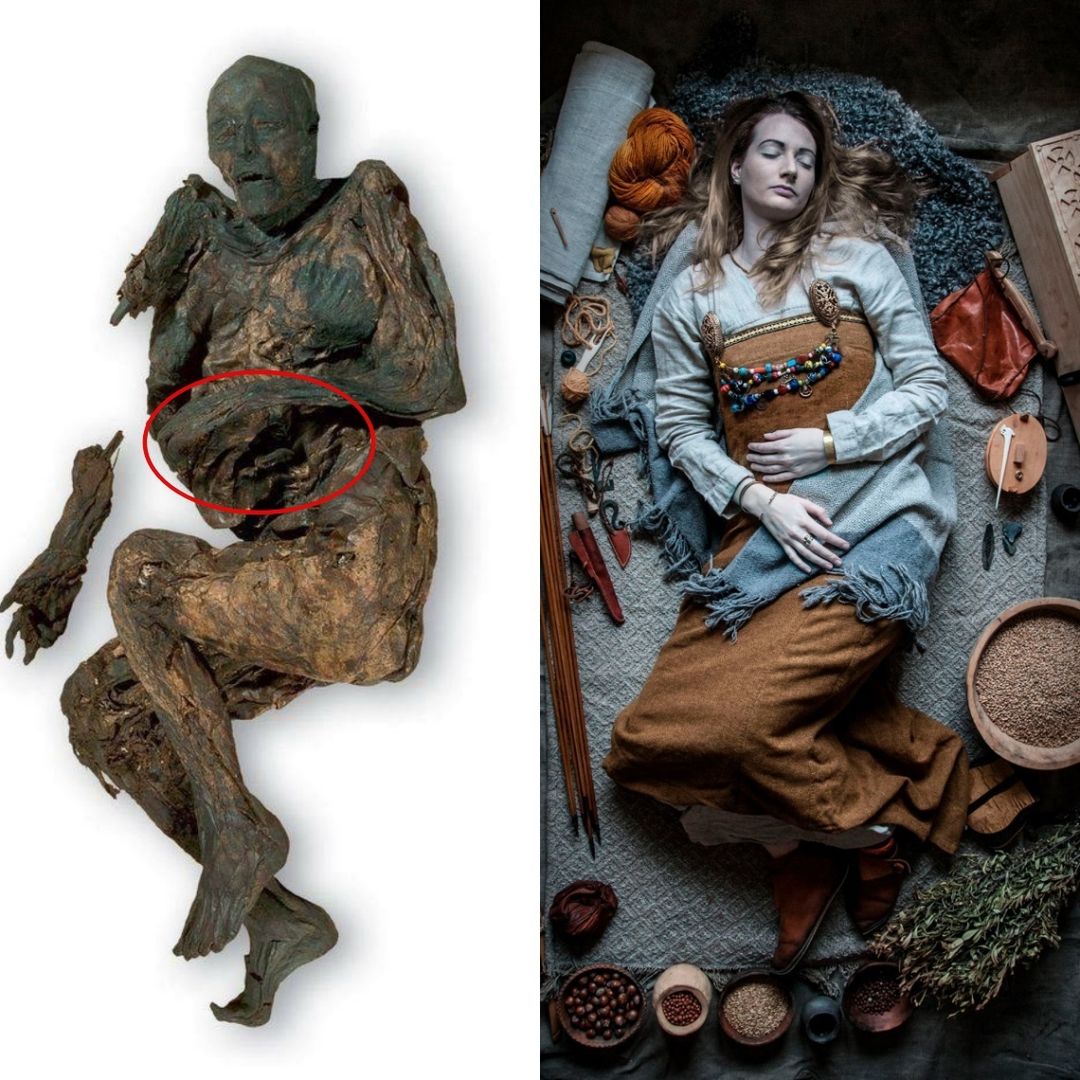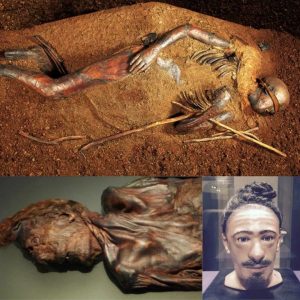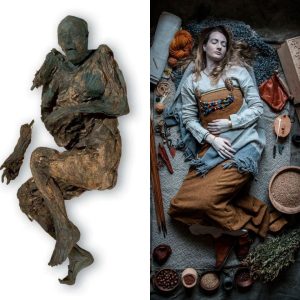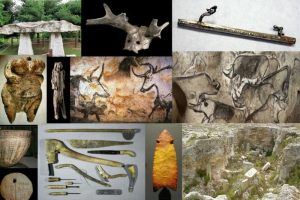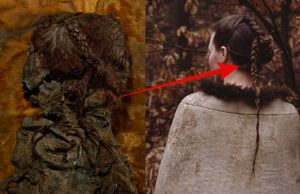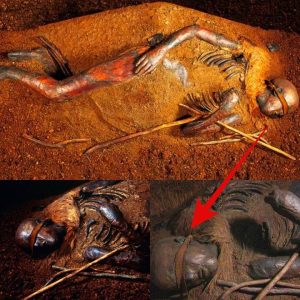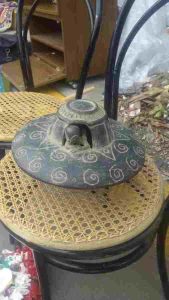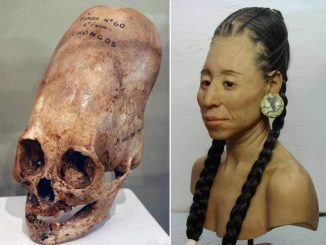The Huldremose woman, believed to have lived in the 2nd century BC, was discovered in a peat bog at Huldremose in Denmark. Her remarkably well-preserved remains offer a glimpse into life during the Iron Age.
Clad in a skirt made of wool, a scarf, and two skin capes, the Huldremose woman was dressed in attire typical of her era. Her clothing provides valuable insight into the fashion and textiles of the time.
Forensic analysis suggests that the woman was over 40 years old at the time of her death, making her an elderly individual by the standards of life expectancy during the Iron Age. Her advanced age at death hints at the harsh conditions and challenges faced by individuals living in ancient times.
The discovery of the Huldremose woman sheds light on the practices of ritual sacrifice and burial in Iron Age Europe. Peat bogs were often used as sacred sites for offerings and burials, and the remarkably preserved remains found within them provide archaeologists with invaluable information about ancient societies and cultures.
Today, the Huldremose woman serves as a poignant reminder of Denmark’s rich archaeological heritage and the lives of those who came before us. Her story continues to fascinate researchers and enthusiasts alike, offering a window into the distant past of Northern Europe.
